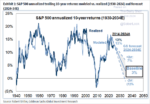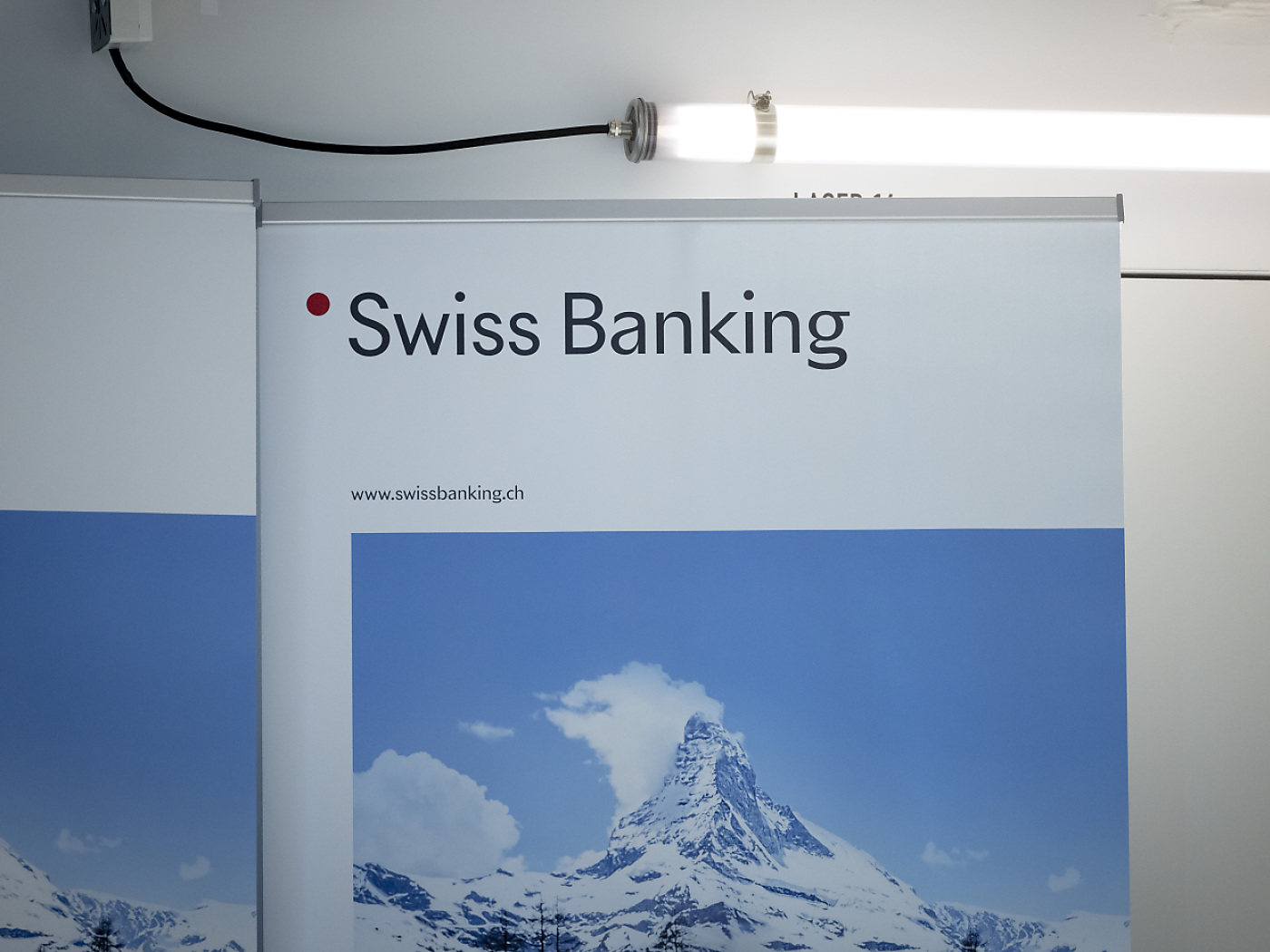Overview: The support for First Republic Bank shown by a consortium of US banks by shifting $30 bln of deposits is helping break the financial anxiety that has gripped the market for more than a week. The liquidity provisions for Credit Suisse by the Swiss National Bank also are contributing to improved sentiment. The Fed's balance sheet expanded sharply last week as the bridge banks were extended credit to help the unwind of SVB and Signature Bank. Discount window borrowings surged by a record as banks drew on the more relaxed conditions, seemingly preferring the known facility and its flexibility to the newly opened facility, the Bank Term Funding Program (BTFP). Separately, after the close of China's mainland markets, the PBOC announced a 0.25% cut in required reserves, which is a mild easing, after leaving the one-year medium-term lending facility rate unchanged earlier this week (a 2.75%).
Ahead of the quadruple expiration in the US today, the equity futures are little changed but slightly firmer. The large bourses in the Asia Pacific region rallied. Tokyo, Hong Kong, and Taiwan gained more than 1%. Europe's Stoxx 600 is extending yesterday's recovery and is up around 0.65%. Ten-year sovereign bonds are firm, and yields are off 3-6 basis points. This puts the 10-year US Treasury yield near 3.54%. Two-year yields are mostly firmer in Europe, though the UK is a notable exception, with a six-basis point decline to 3.32%. The US two-year yield is off three basis points to 4.12%. The dollar is softer against gall the G10 currencies, led by the New Zealand dollar's 0.85% gain. Sterling and the Canadian dollar are laggards, up less than 0.2%. The greenback is also heavier against nearly all the emerging market currencies too. Gold is firm, above $1930 and near the midweek high (~$1937.50). May WTI is firm, recovering from the drop that took it below $66 a barrel on Wednesday and Thursday. It is approaching $70, which still leaves it off around 9.3% this week.
Asia Pacific
Japan would seem far removed from the US banking woes or Credit Suisse. Yet, it is notable that from the five-year high on March 9, the Topix Bank share index plummeted nearly 19% at yesterday's low. This wiped out this year's gain in full. Today, the index rose by about 0.65%. During this run, the yen appreciated by around 4.5% to reach its best level in a month (~JPY131.70). The 10-year (generic) JGB yield had been consistently closing above 0.50% but March 9 was the last day. The yield slipped below 0.18% on March 14. It reached 0.32% yesterday and slipped back below 0.30% today.
Japan's spring wage round was heralded as a key to BOJ's stance going forward. Today, the Japanese Trade Union Confederation (Rengo) issues a preliminary report. Base pay will increase, on average, by 2.33% a month (0.63% last year). When seniority is included, the average monthly pay for workers, covered by 612 unions, will rise by nearly 4%. Last year, the comparable figure as a little more than 2%. A wider group of unions (805) will see average monthly wages rise by 3.8%. BOJ Governor Kuroda had identified the 3% threshold for normalizing monetary policy.
The US dollar recovered from nearly JPY131.70, its lowest level for a month, to JPY133.80 yesterday. Despite the strong close in North America, there was no follow-through dollar buying. The greenback ground lower to reach JPY132.75 in late Asia Pacific trading. Initial support is seen near JPY132.50. The dollar settled slightly above JPY135 last week. The Australian dollar reached eight-day highs today near $0.6725. It frayed the 20-day moving average (~$0.6710) for the first time since mid-February. The March high was set at the start of the month closer to $0.6785. The 200-day moving average is near $0.6765. The intraday momentum indicators suggest the session high is not in place. Nearby support is seen slightly below $0.6700. It settled at $0.6580 last week. The Chinese yuan continues to broadly track the yen and euro. It rose to a four-day high before consolidating. The dollar fell to CNY6.8620 after having poked above CNY6.91 yesterday. It settled last week around CNY6.9170. The dollar strengthened after PBOC announced a 0.25% cut in reserve requirements (takes effect March 27). Earlier the PBOC had set the dollar's reference rate at CNY6.9052, tight against expectations (median forecast in Bloomberg's survey of CNY6.9047).
Europe
The precipitous drop in European bank shares made many observers, including we, less confident of a 50 bp rate hike by the ECB, even though it had been long signaled. In the four days before yesterday, the Stoxx bank index fell by about 16.5%. The Swiss National Bank Backstopped Credit Suisse with a facility that was a little more than 6% of Switzerland's GDP. The ECB pressed ahead and delivered a 50 bp hike. However, the lack of forward guidance and recognition of the great uncertainty helped spur a muted market response. The Stoxx bank index closed 1.1% higher to finish nearly 3% off its session highs. The euro's peaked yesterday around $1.0635, several hours before the ECB's decision. The German two-year yield settled 20 bp higher but had been up as much as 30 bp in the immediate reaction to the SNB's decision. One constructive development was that the peripheral premium over the core narrowed throughout the yield curve. The Stoxx bank index is up almost 1.6% in late European morning turnover.
The ECB's new target rate is 3.0%. The swaps market is pricing in another ECB hike at the next meeting (May 4). The market is inclined for a quarter-point move but has about a 15% chance of a 50 bp discounted. The terminal rate is now seen at 3.25%, down from around 4% before the financial stress erupted in the US. The Swiss National Bank meets on March 23. The deposit rate is at 1%. The market appears to have about a 1-in-3 chance of a 25 bp hike. Previously, a 50 bp move was expected. The Swiss franc had strengthened against the euro amid the financial pressures but pulled back following the SNB's words and actions. The euro had fallen to almost CHF0.97, the lowest since the middle of last October, and posted a key reversal on March 15, closing above the previous day's high. It made a little more headed yesterday to reach almost CHF0.9885. This is roughly the 100-day moving average (~CHF0.9895). It is consolidating today. The Bank of England meets the same day as the SNB. The swaps market sees about a 50% chance that a quarter-point hike is delivered. Such a move would bring the base rate to 4.25%, which market now sees as the likely terminal rate. Before the recent drama, the swaps market saw the peak rate between 4.75% and 5.0%.
The euro is trading higher and reached $1.0670. There are options for around 4 bln euro at $1.07 that expire today. The euro was last above $1.07 on Wednesday. Today's high meets the (61.8%) retracement of the losses since Wednesday's high (~$1.0760). Note that Monday, options for 825 mln euros at $1.0665 expire. Initial support is now seen around $1.0635. It settled slightly below $1.0645 last week. Sterling is firm, near Wednesday's high (~$1.2180). It peaked in late Asia Pacific turnover and drifted lower in European turnover. Support is seen ahead $1.2100. It has risen for five of the past seven sessions coming into today. It settled near $1.2030 last week.
America
The KBW bank index's new low yesterday was recorded despite US government efforts and the SNB's support for Credit Suisse. It reached its lowest level since 2020. However, it recovered smartly, and settled above Wednesday's high, posted a potential key reversal. It also filled the gap left in the wake Wednesday's sharply lower opening. With yesterday's 1.6% gain, the index is still off around 10.6%, after the official action. It lost 15.75% last week. A consortium of US banks aided Fifth Republic Bank with deposits of $30 bln. Ironically, the financial crisis has spurred a deposit flight so in a bizarre twist, the group of US banks replaced the deposits and more.
Discount window borrowing stood at almost $153 bln as of Wednesday. Recall last Sunday, the Fed announced a wider range of collateral would be acceptable going forward. The new repo facility it announced (BTFP, Bank Term Funding Program) was tapped for $12 bln. The main difference between the two (BTFP and discount window) seems to be term vs. rolling, i.e., the discount window is a more flexible facility that people were already familiar with and ostensibly the stigma associated has been reduced. Still the Fed extended $142 bln in other loans, with most of the borrowing seemed linked to the bridge banks set up to assist the unwinding of SVB and Signature Bank coming from the San Francisco and NY regional Feds. Note that the Federal Reserve's QT continued as $7 bln Treasuries and $2 bln MBS rolled off its balance sheet, though the effect was swamped by the other loans. There seems to be two consensus views emerging. First, deposit will shift to the larger banks, and some of this is already being reported. Second, small banks, which account for roughly 30% of the lending in the US, are likely to tighten lending standards as many seek to strengthen their balance sheets. IF, the US economy was finely balanced before, the new shock is understood to be deflationary.
Given the financial developments, the macro-economic data has been of less interest to market participants. Yet, the stronger than expected core retail sales on Wednesday and yesterday unexpectedly strong US housing starts (9.8% vs. median forecast in Bloomberg's survey for a 0.1% gain, and the upward revision in the January series to show a 2% decline rather than -4.5%), suggest scope for economists to revise higher Q1 GDP. The Atlanta Fed's GDPNow tracker is at 3.2%, up from around 2.0% at the start of the month. Today's data includes February industrial production, which was flat in January, dragged down by utilities and the unusually warm January. Manufacturing output rose by 1.0% in January after falling in by a cumulative 2.6% last November and December. It is seen falling by 0.3%. February Leading Economic Indicators likely extended their decline for the 11th consecutive month. A 0.3% decline would leave the six-month annualized rate at -7.0%, which is only seen in recessions. Lastly, the University of Michigan offers up its preliminary March results. Little change is expected in confidence or inflation expectations. In February, the survey found a 4.1% one-year inflation expectation and 2.9% for the 5-10-year outlook.
The US dollar is unwinding the gains that lifted it through CAD1.38 in the middle of the week. The greenback slipped briefly through CAD1.3680 today before steadying. There are $335 mln in options at CAD1.3670 that expire today. The week's low was set near CAD1.3650 and the 20-day moving average is slight above there. A break would weaken the US dollar's technical tone. The CAD1.3720 area may offer initial resistance. The US dollar made a marginal new high for the week against the Mexican peso yesterday (~MXN19.1790), but as soon as the tension seemed to break, greenback was sold. It settled near session lows (~MXN18.6980) and follow-through dollar selling sent it around MXN18.6360 today. Support is seen by MXN18.5500, The MXN18.80 offers the nearby cap. It settled close to MXN18.5050 last week.
Full story here Are you the author? Previous post See more for Next post
Tags: #USD,banks,China,Currency Movement,ECB,Featured,federal-reserve,Japan,newsletter,PBOC




















